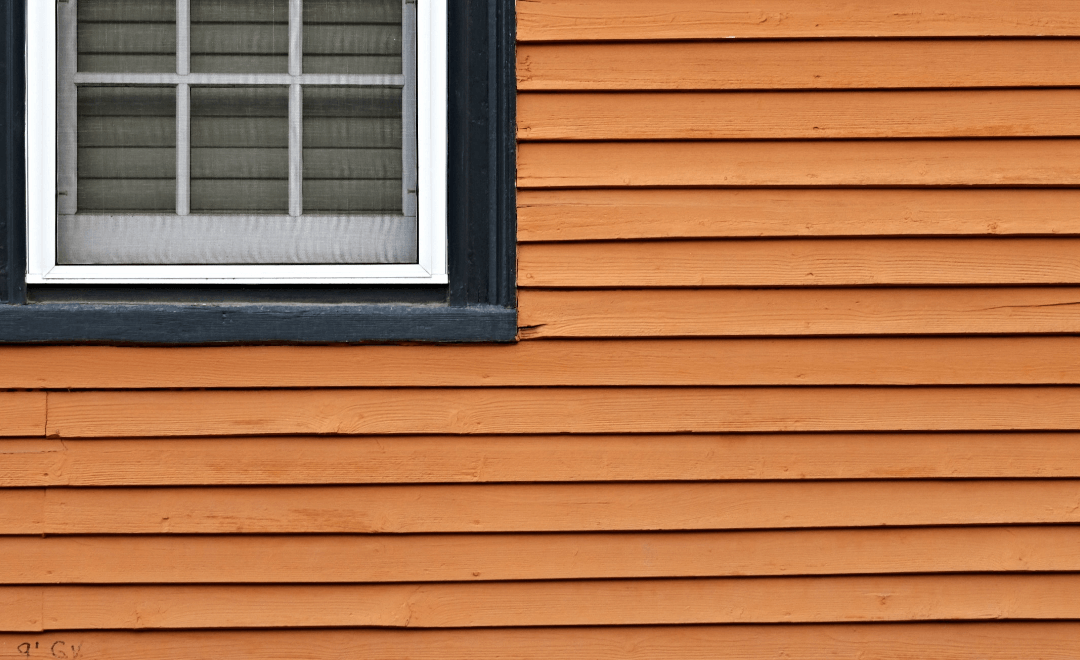Switching from wood to vinyl siding is a big decision.
Who doesn’t love wood siding? However, it can be a lot to maintain and expensive to continually repaint and repair. That’s why making the switch over to vinyl siding may be what’s right for you.
If you’re thinking about updating the look of your home’s exteriors, learn more about switching from wood to vinyl siding to determine the best route for you!
Vinyl Siding vs. Wood Siding
1. Vinyl
What is vinyl exactly? Great question.
Vinyl is a polymer formed during a chemical do-si-do between ethylene gas and chlorine, which produces a fine white powder called vinyl resin. When it’s melted and mixed with different additives, the resulting compound can be as rigid as pipe, as supple as a shower curtain, or durable enough to survive the heavy foot traffic on a kitchen floor. -This Old House
There are some polarizing opinions out there about the use of vinyl materials as siding and there are merits to both sides. It’s a relatively new material used in siding and flooring and wasn’t available commercially until the 1950s. It was created as a replacement for aluminum siding.

Another perk with vinyl siding for your home is that you don’t have to paint or stain it (though you can) and it comes in a bigger variety of colors. But don’t forget that it needs to be washed regularly to maintain a nice exterior look!
2. Wood Siding
Wood siding is the epitome of timelessness when it comes to home exteriors. High-quality wood siding not only looks great but can increase the overall value of your home. There are a healthy variety of wood types you can choose from as well when installing or replacing wood siding. It also gives homes a more rustic aesthetic which a lot of people want.
Wood is the standard and is ever-classic, but it too has its negative aspects. Costs for wood siding add up when it comes to repainting and staining your home’s exterior. One the one hand, the repainting can be a DIY project which can save you money on hiring a professional. On the other hand, it takes time, effort, and more money to still buy the paint.
Wood is more durable to extreme weather conditions everywhere, but the cost and maintenance factors make it a more of a hassle for some homeowners.

Cost of Wood Siding vs. Vinyl Siding
Vinyl siding in the cheaper choice of the two and is easier to install. The average cost of vinyl siding for mid-grade materials is $1.60 per square foot including installation cost. At this price, it would require $4,000 to install vinyl siding on a 2,500 square foot house. Even high-grade vinyl siding that cost as much as wood siding is still cheaper to install since the process is easier and faster.
Good quality wood siding can cost 250% more than vinyl siding of similar quality. Part of this higher expense is the result of the material itself, but it also has to do with the installation labor as well as the volume of trim and paint required to finish the siding.
No matter the cost, the quality, visual appeal, and maintenance requirements are the main factors that go into making the decision to switch from wood to vinyl siding.
Siding Removal & Replacement
If you’re switching from wood to vinyl siding, removal vs. replacement is definitely something you need to consider. Installing vinyl over wood is common practice, especially when a sheathing wrap and an installation layer is installed in between.
There are, however, a number of points you need to know:
- You can only install vinyl over wood siding if the wood is in good condition, without rot or mold.
- If your wood siding is beveled, you’ll need to use furring strips and foam board to provide a flat surface for the new vinyl siding.
- If there isn’t a moisture barrier beneath the old wood siding, you’ll want to install one over it before you add the new vinyl siding.
- Window and door frames may need to be adjusted to match the new thickness of the wall.
If, however, you have metal or old vinyl siding, that will need to be removed before new vinyl is installed.
Vinyl is a more credible siding option than ever.
It’s affordable, reliable, and a sensible alternative to traditional wood siding options.
If you have any questions, call American Dream Restoration at one of our local offices (Front Royal, Woodbridge, Winchester).
Our home improvement professionals will be happy to answer any of your questions and assist in your siding projects.

